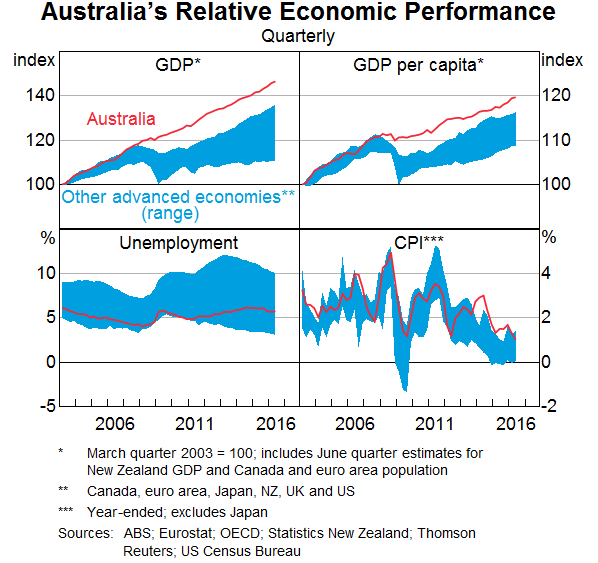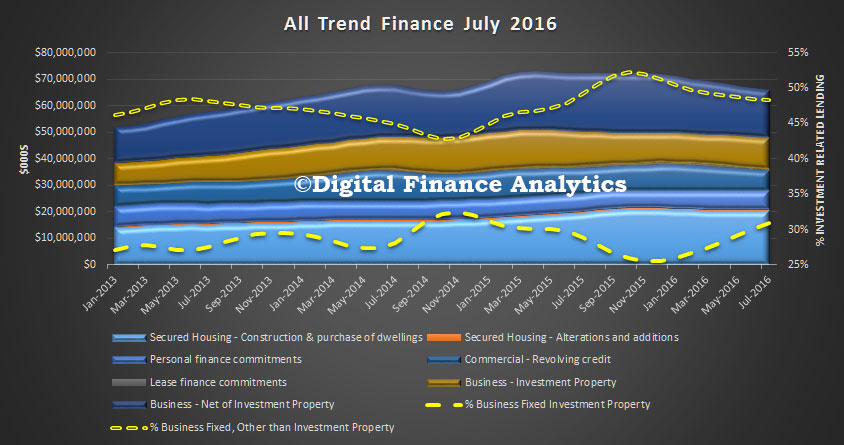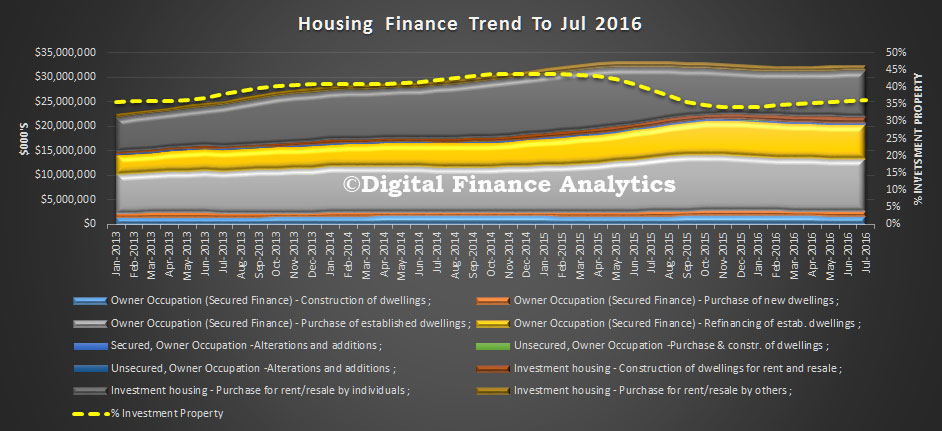NAB says customers will have more control over how, when and where they use their cards, thanks to NAB’s new Mobile Banking App to be launched later this year.
The new App will include world-leading card transaction controls, making it easier for customers to conveniently and instantly self-manage their personal Visa debit and credit cards through their mobile device.
And, in an Australian first, NAB customers will be able to instantly use newly approved personal Visa credit cards, with an innovative digital contract feature in the new App not seen anywhere else in the world.
This means customers will be able to instantly use their new credit card through NAB Pay for contactless transactions less than $100, without having to wait for their physical card to arrive in the mail.
“This is a whole new platform for a new era of NAB mobile banking,” NAB Executive General Manager of Consumer Lending, Angus Gilfillan, said.
“Our new App will be fast and seamless, and has been designed to make banking as convenient and easy as possible for our customers.”
“We want to give our customers more control over their everyday banking, and our new App will help them to do this with the tap of a button.”
NAB announced a strategic partnership with Visa in November last year, which was designed to accelerate the delivery of payments innovation and product development for customers. Through this partnership, and utilising the capabilities Visa made available through its Visa Developer platform, NAB was able to enhance the card transaction control features in its new Mobile Banking App.
“We’re really pleased to have been able to open up our capabilities which is delivering speed to market and innovation,” Global Head of Visa Developer, Mark Jamison, said.
“By directly connecting Visa and NAB developers through the Visa Developer program, the NAB team was able to save around six months of development time.”
These card transaction control features will enable customers to select and modify when and how their Visa debit and credit cards can be used.
“Customers will be able to control what type of payments can be made through the App; for example, if you’ve provided a secondary card to a family member, you can choose “Don’t Allow” for online purchases on that card,” Mr Gilfillan said.
NAB’s new mobile banking experience will include a range of other features, including the ability for customers to place a temporary block on any card that may have been lost or stolen.
“NAB is absolutely focussed on improving the customer experience, and our new App will give customers more control of their cards so it better suits their individual needs,” Mr Gilfillan said.
The new App will also see improvements to existing features and functions in NAB’s current Mobile Banking App, and, with a new look and feel, it will be easier for customers to login, view account balances, and search past transactions.
An open pilot of the new App will commence soon for compatible Android devices, providing thousands of customers the opportunity to provide feedback. Customers who would like to participate in the pilot will be able to visit the Google Play Store and download the new App. Customers with iOS devices will also be piloting the App over coming weeks.
“Our customers have been and will continue to be extensively involved in the development of our new App because we are absolutely committed to delivering our customers the experience they want,” Mr Gilfillan said.
During the pilot and after the App is launched in full later this year, features on the App will be released in stages.
NAB will also this week launch its new NAB PayTag to customers, a sticker which can be attached to mobile devices to enable contactless payments linked to a customer’s Visa debit card.
“We’re always looking for opportunities to provide our customers with innovative products and services, features and functions, to help them do their banking easier and take control of their finances,” Mr Gilfillan said.











